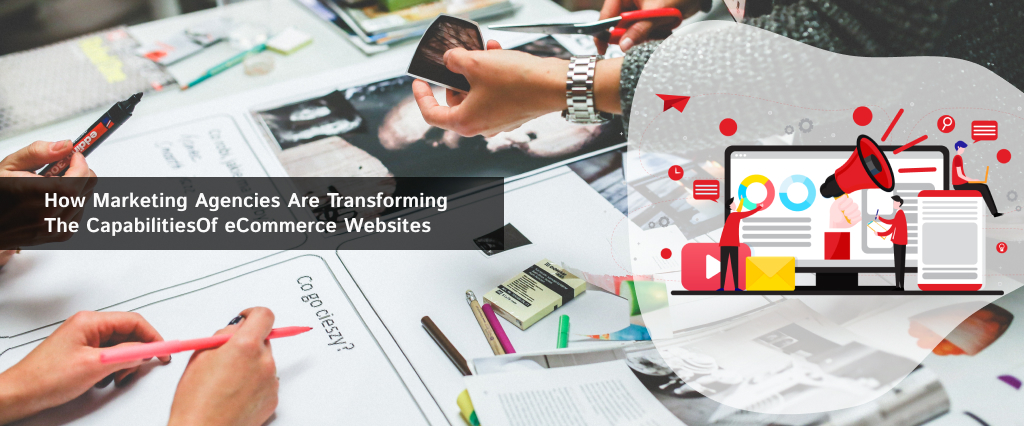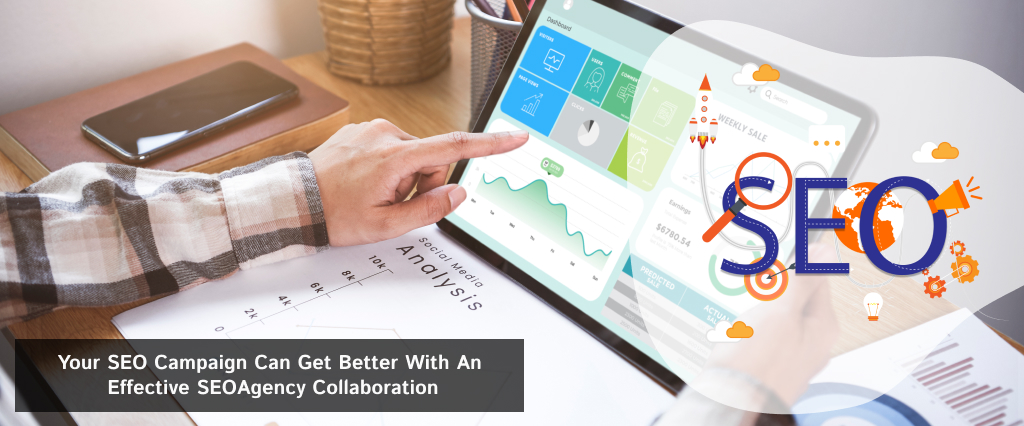
The two crucial developments that have transformed the face of automotive industry are evolving customer expectations on one hand and digitization of the service protocols on the other hand. In response to the above, automotive dealers are under pressure to pivot the operational structure of their business. The retail experience is unlike what it was a few years back. Today’s customers are well informed and can easily shop around for the best value. Read More →
Category Archives: Digital Marketing
Every business owner today knows the importance of SEO and its indispensable role in business promotion. The first best step to take in these lines is to find a qualified SEO company India that can play a decisive role in enhancing your online presence. However, the mission of SEO has oceanic responsibilities in front of it and business owners cannot sit back doing nothing after hiring an SEO agency. The underline here is that your SEO campaign can get better with an effective SEO agency collaboration. Here are the areas in which your action is needed to complement and supplement the efforts of an SEO company India. Read More →

Not just product promotion, a seasoned eCommerce SEO company India is doing much more with its client’s website. A marketing agent looks at an Ecommerce website like a storefront requiring enough time and effort to become successful in today’s highly competitive online marketplace. Read More →

Not only your business, your marketing website can also help generate an attractive income for your law firm. Here is how you can develop a winning strategy for your website content. Read More →

SEO has become a common subject for businesses. With their own set of proven SEO strategies, businesses are on the race to capture the top few slots on the popular search engines. While investing a huge deal in your SEO mission, you can’t leave things to luck. You must move beyond those basic tactics and approach SEO like a pro to win the competition. Here are a few SEO tips from a reputed eCommerce SEO Company, which you will not find in the common marketplace. But, these are the ones that will help take your on-page SEO to the next level. Read More →






